This article was co-authored by Eric Christensen, DPT. Eric Christensen is a Physical Therapist based in Chandler, Arizona. With over a decade of experience, Eric works in both orthopedic and neurological fields and specializes in custom orthotic prescription and casting, vestibular reprogramming, and manual therapy. He holds a Bachelor’s degree in Exercise Science with a focus in Sports Medicine from Colorado State University and a Doctor of Physical Therapy from Regis University. In practice, Eric takes a developmental approach to rehabilitation utilizing the Selective Functional Movement Assessment. He uses functional movement patterning and manual therapy to return patients to prior levels of function.
There are 9 references cited in this article, which can be found at the bottom of the page.
This article has been viewed 1,372,199 times.
Though cracking your back can provide relief, it can also cause serious injuries. In fact, if you don't follow the proper safety precautions, it can actually make back pain worse or cause further trauma. This article provides information on how to crack someone’s back safely, including how to use proper chiropractic techniques and when to stop and leave the job to a professional chiropractor or doctor. If a friend has asked you to crack their back for them, use these guidelines to ensure a safe, helpful experience!
Steps
Expert Q&A
-
QuestionIs it safe to crack someone's back?
 Eric Christensen, DPTEric Christensen is a Physical Therapist based in Chandler, Arizona. With over a decade of experience, Eric works in both orthopedic and neurological fields and specializes in custom orthotic prescription and casting, vestibular reprogramming, and manual therapy. He holds a Bachelor’s degree in Exercise Science with a focus in Sports Medicine from Colorado State University and a Doctor of Physical Therapy from Regis University. In practice, Eric takes a developmental approach to rehabilitation utilizing the Selective Functional Movement Assessment. He uses functional movement patterning and manual therapy to return patients to prior levels of function.
Eric Christensen, DPTEric Christensen is a Physical Therapist based in Chandler, Arizona. With over a decade of experience, Eric works in both orthopedic and neurological fields and specializes in custom orthotic prescription and casting, vestibular reprogramming, and manual therapy. He holds a Bachelor’s degree in Exercise Science with a focus in Sports Medicine from Colorado State University and a Doctor of Physical Therapy from Regis University. In practice, Eric takes a developmental approach to rehabilitation utilizing the Selective Functional Movement Assessment. He uses functional movement patterning and manual therapy to return patients to prior levels of function.
Physical Therapist Yes, as long as you're careful. To be safe, work the person's soft tissue instead of leaning on their spine. If the other person is in pain or is bracing themselves for potential pain, stop whatever you're doing.
Yes, as long as you're careful. To be safe, work the person's soft tissue instead of leaning on their spine. If the other person is in pain or is bracing themselves for potential pain, stop whatever you're doing.
References
- ↑ https://www.mayoclinic.org/tests-procedures/chiropractic-adjustment/basics/risks/prc-20013239
- ↑ https://www.mayoclinic.org/tests-procedures/chiropractic-adjustment/about/pac-20393513
- ↑ Eric Christensen, DPT. Physical Therapist. Expert Interview. 29 April 2021.
- ↑ https://youtu.be/fJwyWho2pYE?t=37
- ↑ https://youtu.be/fJwyWho2pYE?t=47
- ↑ https://experiencelife.lifetime.life/article/partner-stretching/
- ↑ https://www.self.com/story/what-happens-when-you-crack-your-back
- ↑ https://www.spine-health.com/video/your-first-chiropractic-adjustment-what-expect-video?jwsource=cl
- ↑ https://my.clevelandclinic.org/health/articles/back-strains-and-sprains
- ↑ Eric Christensen, DPT. Physical Therapist. Expert Interview. 29 April 2021.
- ↑ https://www.mayoclinic.org/tests-procedures/chiropractic-adjustment/about/pac-20393513
- ↑ Eric Christensen, DPT. Physical Therapist. Expert Interview. 29 April 2021.
- ↑ https://www.mayoclinic.org/tests-procedures/chiropractic-adjustment/about/pac-20393513
- ↑ https://my.clevelandclinic.org/health/articles/back-strains-and-sprains
About This Article
To crack someone else’s back, start by having them lie on a flat surface, like a bed, sofa, or table. Once they’re comfortable, place one hand on their buttocks and the other on their upper back and gently push down a few times to loosen them up. Then, move your hand to their lower back, tuck your other hand just under their pelvis, and gently press down on their back while lifting their pelvis slightly. After working their pelvic bones, have the person slowly lift both their legs up and down, which will help their back to crack. Finally, press down on their lower back until they feel relief. Keep in mind, you might not hear a popping or cracking sound when their back cracks. For more tips, including how to prevent back pain in the future, read on!
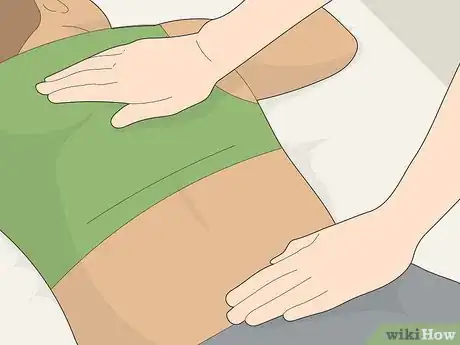
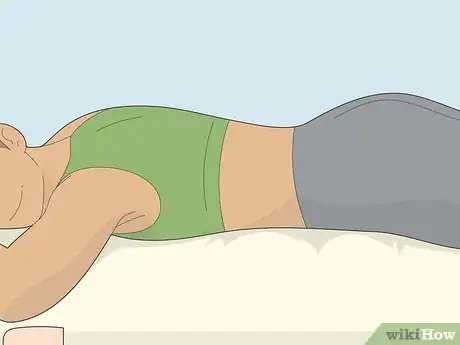


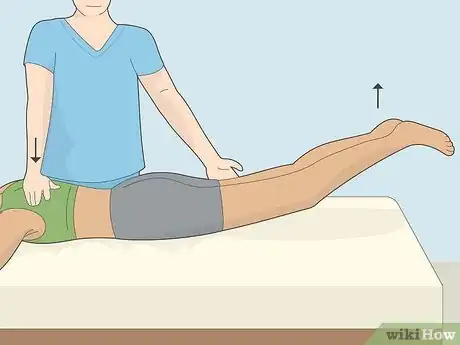
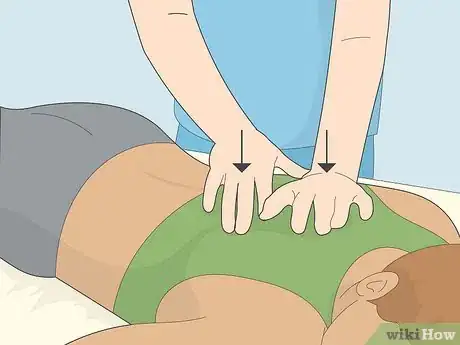

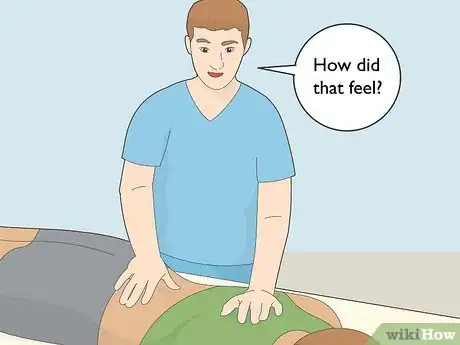
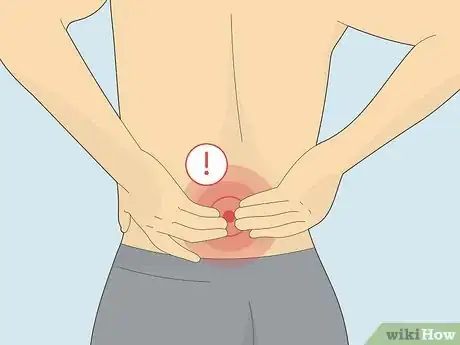
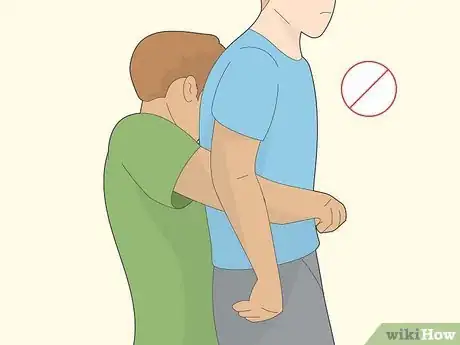

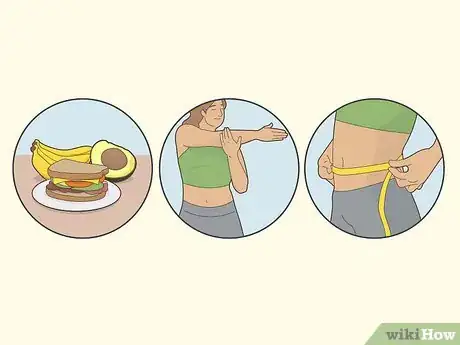


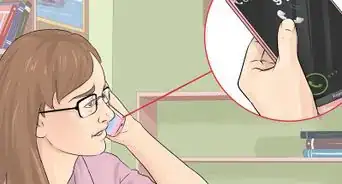
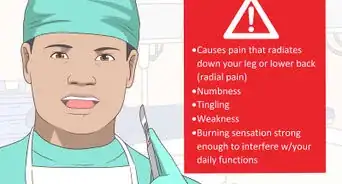
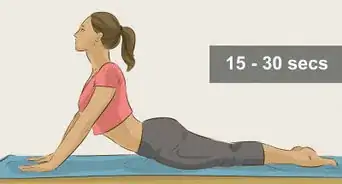
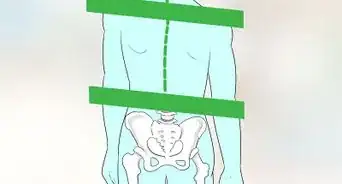
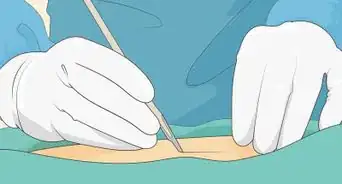
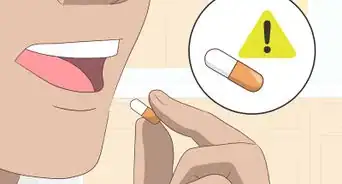
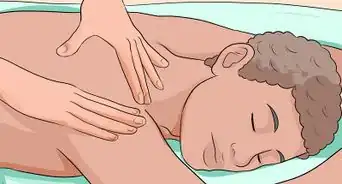
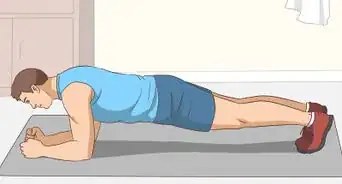
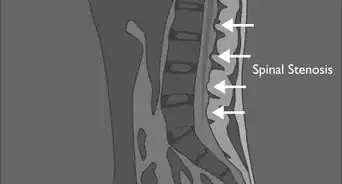
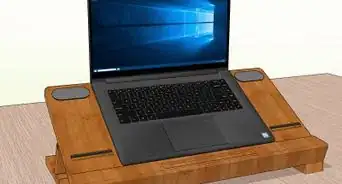
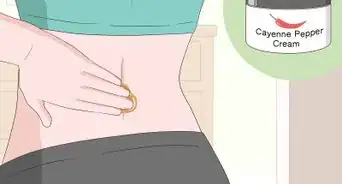








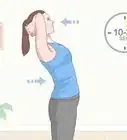
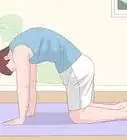
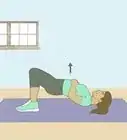
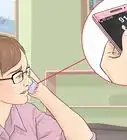



































Medical Disclaimer
The content of this article is not intended to be a substitute for professional medical advice, examination, diagnosis, or treatment. You should always contact your doctor or other qualified healthcare professional before starting, changing, or stopping any kind of health treatment.
Read More...